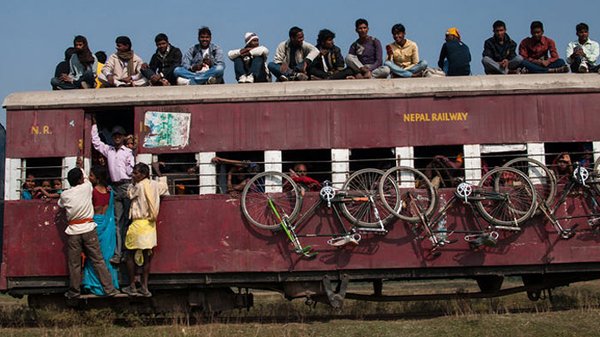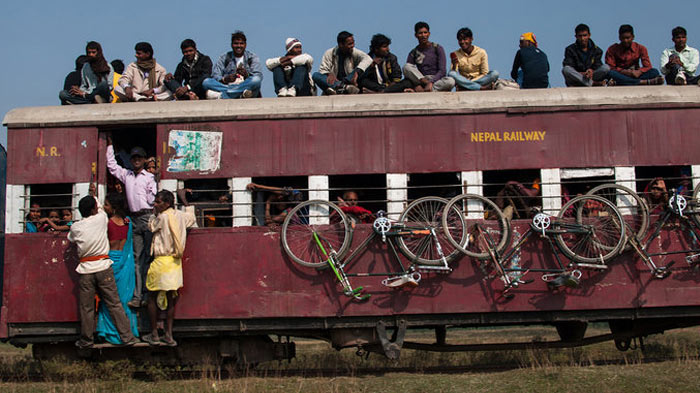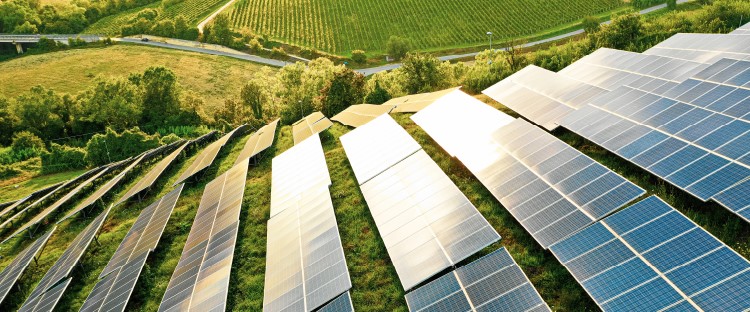Beijing Mini-summit Restores Nepal BRI Projects to Active Status
Visit by Foreign Minister sees transport and hydropower prioritised, with India urged to participate.

Recent high-level talks between China and Nepal seem to have breathed new life into long-planned Belt and Road Initiative (BRI) co-operation between the two nations. Although landlocked, severely underdeveloped Nepal is among the countries with the most to gain from the BRI, China's ambitious international infrastructure development and trade facilitation programme, progress on a number of fronts has been stalled by political, logistical and contractual concerns in recent years.
Following a successful visit to Beijing in April this year, however, which saw Pradeep Kumar Gyawali, Nepal's Foreign Minister, sit down with his mainland counterparts in order to agree a co-operative forward strategy for the two countries, progress on the BRI front is expected to shift-up several gears in the months to come. In particular, it is expected that the development of a long-mooted railway link between Kerung (on the Nepal-China border), Kathmandu (the capital of Nepal) and Lumbini (on the Nepal-India border) is to be prioritised.
Given Nepal's strategic location as a nexus between two mighty economic powerhouses – China to the north and India to the South – it has long been seen as a prime candidate for mainland-backed infrastructure investment. This is viewed as particularly important as its current road, rail and air resources are woefully inadequate and incapable of sustaining the heavy throughput required of such a conveniently-sited trade conduit.
Ironically, though, it is its geographical situation that has acted to stymie any such investment, with India – upon which Nepal has historically relied for much of its economic / security support – somewhat prickly with regard to all things BRI. In practice, this has seen Nepal engaged in a prolonged spell of political and economic brinkmanship, with the 24-million strong nation striving to maximise inward investment without making the kind of unreserved commitment to the BRI that would alienate India. Following the recent official visit, however, during which both parties called on India to actively participate in both the BRI project and in shaping Nepal's future development, it could be that things will now move forward at a more dynamic rate.
One of the first signs of renewed commitment came last month when Nepal's Investment Promotion Board approved a US$128 million mainland-sourced investment package for the development of the Super Sanjen project, a 78MW hydropower facility sited in the north of the country. Under the terms of the deal, China Harbour Engineering, the lead contractor, will have a 92% stake in the completed facility.
In addition to transport infrastructure improvements, solving Nepal's ongoing energy crisis was identified as an early BRI priority. The issue came under the spotlight again last month when the Nepalese government published its medium-term energy strategy.
Among its key aims is that the country should have a domestic energy generation capacity of 3,000MW by the end of 2021, a 300% increase on its current level. Even more ambitiously, it aims to take the overall level to 15,000MW by 2030, with 10,000MW allocated to meeting domestic requirements and the remainder sold on to China's national grid.
Nepal is unlikely to be able to deliver on its energy-generation targets without the aid of one – or both – of the economic behemoths it is sandwiched between. At present, it looks as though China is in pole position to help the mountain kingdom make good on its proposed hydropower development programme. This is despite the series of false starts that dogged earlier energy projects – most famously in the case of the massive 1,200MW Budhi Gandaki Hydropower Project, on which Nepal pulled the plug in 2016, dismissing the China Gezhouba Group Corporation (CGGC), the Wuhan-headquartered lead contractor, in the process.
Post Gyawali's successful Beijing expedition, which was seen as laying the groundwork for an official state visit to China by Khadga Prasad Sharma Oli, Nepal's recently re-elected Prime Minister, it could be that a number of these stalled hydropower projects will be dusted down and rebooted. In all likelihood, this would see Oli – a politician seen as having far greater partiality towards China than many of his predecessors – reappointing many of the mainland contractors initially tied to these projects.
Despite this, it does still leave a question mark over India's response to the increasingly chummy relationship between Nepal and China. It also won't have eluded the attention of the New Delhi government that, at $8.3 billion, China's investment in Nepal is now more than four times its own. In many ways, negotiating the political and diplomatic challenges occasioned by its foray into Nepal may prove far trickier for China than any of the civil engineering undertakings it has now signed up for.
Geoff de Freitas, Special Correspondent, Kathmandu





